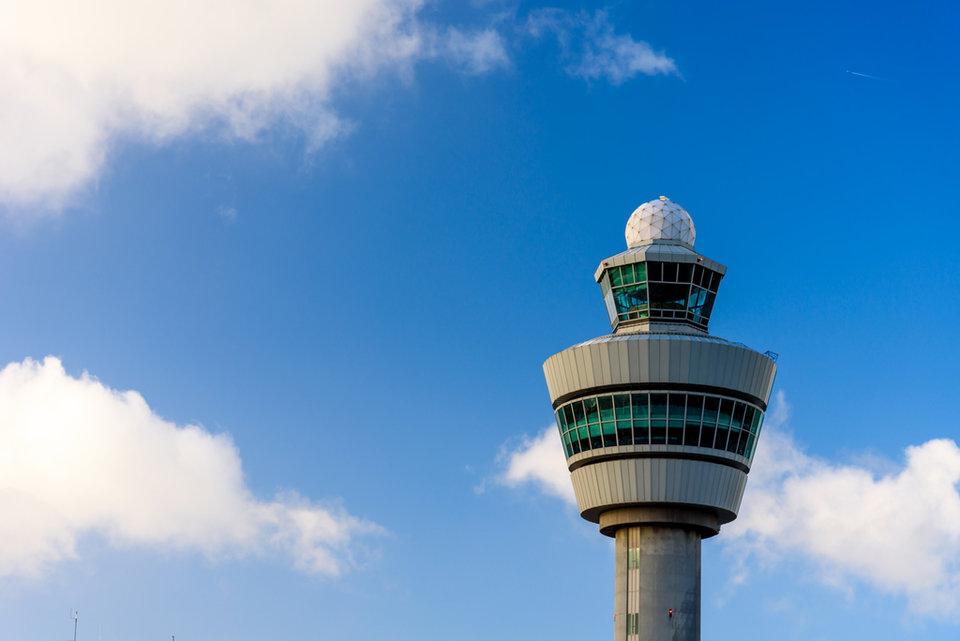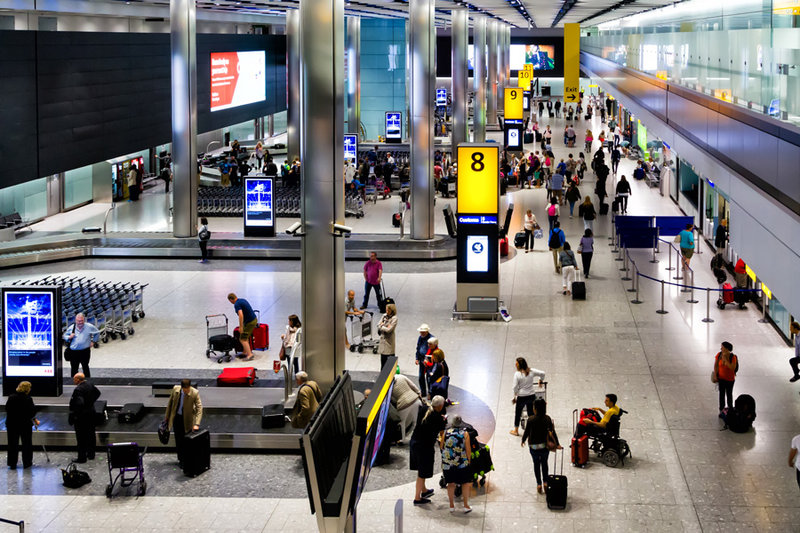Operations
IT essentials for airports: where are the weak spots?
As technology continues its rapid foray into almost every element of daily life, its impact for the better is irrefutable. However, it has its downsides as this year has proved. Andrew Tunnicliffe looks at the challenges the aviation industry has faced and considers what the weak spots are.
This year, air passengers in Australia were hit with an e-gate glitch causing long delays and forcing Australian Border Force officers to revert back to manual checks at some of the country’s biggest airports.
British airports were the subject of major IT failures too, with Manchester, Bristol, London City, Gatwick and Heathrow all hitting the headlines. In June Manchester Airport had to apologise when an “IT issue” hit check-in. The following month passengers were forced to travel without their luggage from Heathrow after a baggage handling system (BHS) failure. Bristol Airport was hit with a system failure which knocked out display boards. It wasn’t just airports; British Airways was crippled by what it said was a “worldwide” IT failure which led to delays and cancellations to hundreds of flights.
Air traffic control systems were not immune. In September France suffered an outage which rippled across Europe. A similar fate hit Germany’s state-owned air traffic authority, Deutsche Flugsicherung (DFS), in March when its Langen control centre suffered a “software malfunction” leading to problems at four of the country’s busiest airports.
Speaking at the start of the World ATM Congress 2019, the Functional Airspace Block Europe Central (FABC) deputy chairman of communications, Raimund Fridich, warned these were difficult times given “continuing growth in air traffic, the implementation of new technologies, onset of various new airspace users, and requirements for more varied services and skillsets in ATM”.
The sector is facing what one report said was a “demographic shift to a digital age”, with passengers expecting technology would enhance their experience, not hinder it. SITA’s Passenger IT Insights 2019 concluded passenger interaction would be the biggest factor in investment strategies to 2025.
Image:
Cybersecurity
Speaking on the issue in 2018, International Civil Aviation Organization (ICAO) Secretary General Dr Fang Liu said: “In an industry as interconnected as air transport, we cannot lose sight of the fact that a single cyber incident will likely impact multiple companies and stakeholders.”
The agency has published updated guidelines, known as the Global Aviation Security Plan, on steps industry and governments should be taking to address the evolving risk in cybersecurity.
In 2018, airports and airlines spent $4bn on cybersecurity, signalling a change of approach. SITA CEO Barbara Dalibard said: “The importance of cybersecurity is well recognised, and airlines and airports are investing in building a solid security foundation. However, the number of cyber threats continues to grow exponentially every year, as does the sophistication of those threats.”

Image:
Stating the growing reliance of the travelling public on technology would have a “profound impact on how passengers interact with airports and airlines”, SITA said eight in ten airports and airline IT leaders it surveyed believed this demographic shift will be the “most important influence on their passenger solutions strategy by 2025”.
Eero Knuutila is Head of Service Development at Helsinki Airport.
Image courtesy: Helsinki Airport
All fines raised by the system of penalising airlines using older aircrafts will go to local community groups
Air traffic control
The ATC incidents in France and Germany serve to highlight the risks posed by IT failures for air traffic control. They also help support calls for the modernisation of air traffic management (ATM) systems, particularly across Europe under the European ATM Master Plan.

The plan is part of the EU's Single European Sky project, announced in 2004, to “reform ATM in Europe in order to cope with sustained air traffic growth and operations under the safest, most cost- and flight-efficient and environmentally friendly conditions”.
Whether such initiatives will reduce the risk of IT failures, or might mean their impact could be felt more widely across the continent's airports, remains unclear.
Heathrow has also invested over £4m in its electric vehicle-charging infrastructure
Check-in
Airlines have, for many years, been operating their own check-in systems, from the same desks with their own procured technology. However, in recent years more and more airports and airlines have turned to common use passenger processing systems (CUPPS), a ‘range of services, specifications, and standards enacted to enable multiple airlines, service providers, or other users to share physical check-in or gate podium positions’ as defined by the International Air Transport Association (IATA).

It is likely adopting a standardised system won’t result in the end of IT failures at check-in. However, there are numerous benefits according to AiQ Consulting: “CUPPS reduces the cost for airlines and airports, simplifying procurement, installation, support and ongoing maintenance of passenger processing and operations. Using the CUPPS standard also offers support and maintenance, as well as facilitating the airport’s transition to common use, from kiosks to boarding controls,” it says.
The public is also invited to give its preference on when flights should commence and end
Baggage
Heathrow’s BHS failure spelt misery for passengers, meaning they arrived at their destination before their luggage. Perhaps the biggest challenge posed by such systems is the amount of work they do and how much they are relied on. From weighing and counting baggage to security and then transporting bags throughout the airport to the correct destination, these systems are complex. Any technical issue, either at departure or arrival, has the potential to cause significant inconvenience.
BHSs are becoming even more complex, with the added element of increasingly popular self-service baggage drops. Stantec’s Matt Colby warns of the risks such systems pose if not correctly designed and installed. “You might be surprised at how far-reaching the ripple effect can be when you try to simplify just one process, like baggage,” he says in an article from earlier this year.

Image: Milosz Maslanka / Shutterstock.com
Colby adds that whilst the benefits of these systems are obvious, getting the design right is essential to ensure there are no blockages. Airline agents must be fully trained and systems have to be user-friendly and not too difficult for passengers.
Finally, passenger safety is by far the most important concern. All baggage system must include sensors to identify human interference, particularly that of children, either falling onto the belts or placing themselves there.
Heathrow has also invested over £4m in its electric vehicle-charging infrastructure
How can we mitigate risk?
As our exposure to technology increases, so too do the risks of an IT failure. Whilst measures can be introduced to try to limit that risk, it is obvious air travel of the future will be prone to IT failure risks. Therefore, contingency planning is essential.
The biggest risk area is the loss of landside activity, loss of airside, and loss of baggage systems that work between landside and airside, says AiQ, adding: “Contingency planning means having a recognised structure and model for what happens when things go wrong.”
The very nature of IT – seamlessly working in the background – means it is often not oblivious a problem is just around the corner. The next best thing to preventing it is being ready for when it happens.
The public is also invited to give its preference on when flights should commence and end